Used Clothes on a Global Scale
March 6, 2024
This week I want to pick up a thread that I’ve been pulling on for a while- textiles ending up in landfills.
First, it is morally important for me to acknowledge that I am not an expert on this, and I have gaps of knowledge. I am also not an investigative reporter (yet?) so I share hoping that some of you may also have some of the answers I’m looking for. I will continue to learn as I go, refining my knowledge and bringing you with me as I learn.
I have written a few times now about how clothes are sorted in the United States. The key takeaway is that sorting into many categories, sometimes referred to as fine sorting or fine grading, enables the most reuse. The Key to Sorting is my newsletter on that topic. In my many conversations with mostly American sorters, and some others, I have been pleasantly surprised at the high level of existing sorting, which means a high level of reuse is also happening, even when it’s being sold globally to other countries for resale.
One of my outstanding questions and head scratchers is “Where is all the clothing coming from that is ending up in landfills?” If I am talking to all these people who are fine sorting, that product should not be ending up in landfill because it was purchased specifically for certain markets and uses.
I’ve spoken with two very knowledgeable and helpful people this week including Constanza Gomez of Sortile, (newsletter about her and the company she co-founded here) and Marisa Adler of Resource Recycling Systems. (I’ve featured her many times in my newsletters as she is a true expert on post-consumer clothing).
I think there are two key factors at play: levels of sorting and infrastructure differences by country.
Levels of sorting
I have been sharing the importance of sorting for reuse, but it is not practiced everywhere. In the US and Canada there are many graders who will finely sort, but there are also many wholesalers and brokers who purchase unsorted bales of mixed, used clothes, many times from charities (because charities tend to only sell about 15-20% of the donations they receive and they need to do something with the leftover 80-85%), who then sell and send those bales around the world to countries who allow the import of used clothes. (Side note for a future newsletter: as the cost of labor goes up, the cost of sorting goes up and the number of fine sorters in countries like the US and Canada goes down.) Once these bales arrive in those countries, it is unlikely that any of those clothes will leave, so a lot of what is in that bale will hopefully find its way to reuse through domestic resale markets, but some of it will not. What happens to those items? Sometimes they can’t be reused due to weather and culture (winter jackets in Ghana, short skirts in Muslim countries), sometimes due to damage and sometimes just because they don’t sell for whatever reason. (Side note: it’s estimated that the world produces 80-100 billion new pieces of clothes every year, so there’s also just TOO MUCH STUFF TO GO AROUND, but I digress.)
Infrastructure
Another X factor here is what level of used textile infrastructure exists in the countries receiving imported used textiles, including waste infrastucture. There are some countries who have formal and informal infrastructure to handle used textiles, referred to as ‘processing countries’ (thanks Marisa Adler!). This means that whatever clothes and textiles cannot be sold will find their way to be reused or recycled- they are unlikely to end up in a landfill. India, Pakistan and Guatemala are three such countries who are masterful at sorting all imported textiles for reuse and recycling; from my research, they may have the most fine-sorting houses in the world, they sort more finely than anyone and they have a super high percentage of reuse for all kinds of textiles. I don’t know if they have the kind of private and public infrastructure we have in the States where we can find bins to drop clothes off just about anywhere, but they have the ability to sort any unwanted textiles and find uses for them most of the time. So, if there are ‘processing countries’ there are also countries who don’t process, who don’t have the public or private infrastructure to deal with unwanted textiles, and I think those are the countries in most danger of receiving unsorted used textile imports. Constanza Gomez shared with me about Chile (her home country) and their famous used textile landfill issues. There are areas in Chile that give tax incentives for importing used textiles, so there’s a big push and financial reason to send to those areas. Once arrived, items may or may not be sorted, and everything is sold to resellers. The resellers sell what they can, and then they sell their discards to another reseller who will sell what they can. At the end, this second reseller is left with some items that won’t sell for various reasons, but they don’t have a recycler or donation bin to take them to, so they usually end up throwing them away in the landfill. (If I put myself in their shoes, I would likely do the same!) It’s also worth noting that the waste management infrastructure plays a part here where the landfill is sometimes completely informal, in contrast to a country like the United States where it’s highly regulated and legislated. Constanza shared that there are some new businesses starting up in Chile that can help with this problem, including a shredder and recycler, which is great. Certainly there’s a big opportunity to handle the cast offs in countries like Chile.
So, a couple of insights for me here are:
those responsible for sending used textiles to countries with no infrastructure to handle them could have a hand in 1) sending better sorted loads, and 2) creating and supporting the infrastructure to handle unsellable items. Not only because it’s the right thing to do, but it’s also a opportunity to replicate and improve on the recycling systems that exist in the States and other countries. Some might say ‘Stop sending used textiles to countries like Chile’ but I don’t think that’s realistic. I would rather see some regulation in place about what can be imported and/or I would like to see private and public infrastructure created to handle the unsellables.
the overproduction of textiles by large corporations and the overconsumption of textiles by American consumers is largely responsible for creating the conditions fueling global textile waste problems. Basically, if we didn’t feel the need to make and buy so many new clothes, we might not be in this situation. Oversimplified and important to consider.
I’ll leave it there for now.
The Podcast
Check out our new episode on electronics repair with Dr. Jennifer Russell. I wish I could be one of her students and take a part electronics for school credit!
Join our podcast list to get special podcast content every week
Until next week,
Cynthia
cynthia@moltevolte.com

